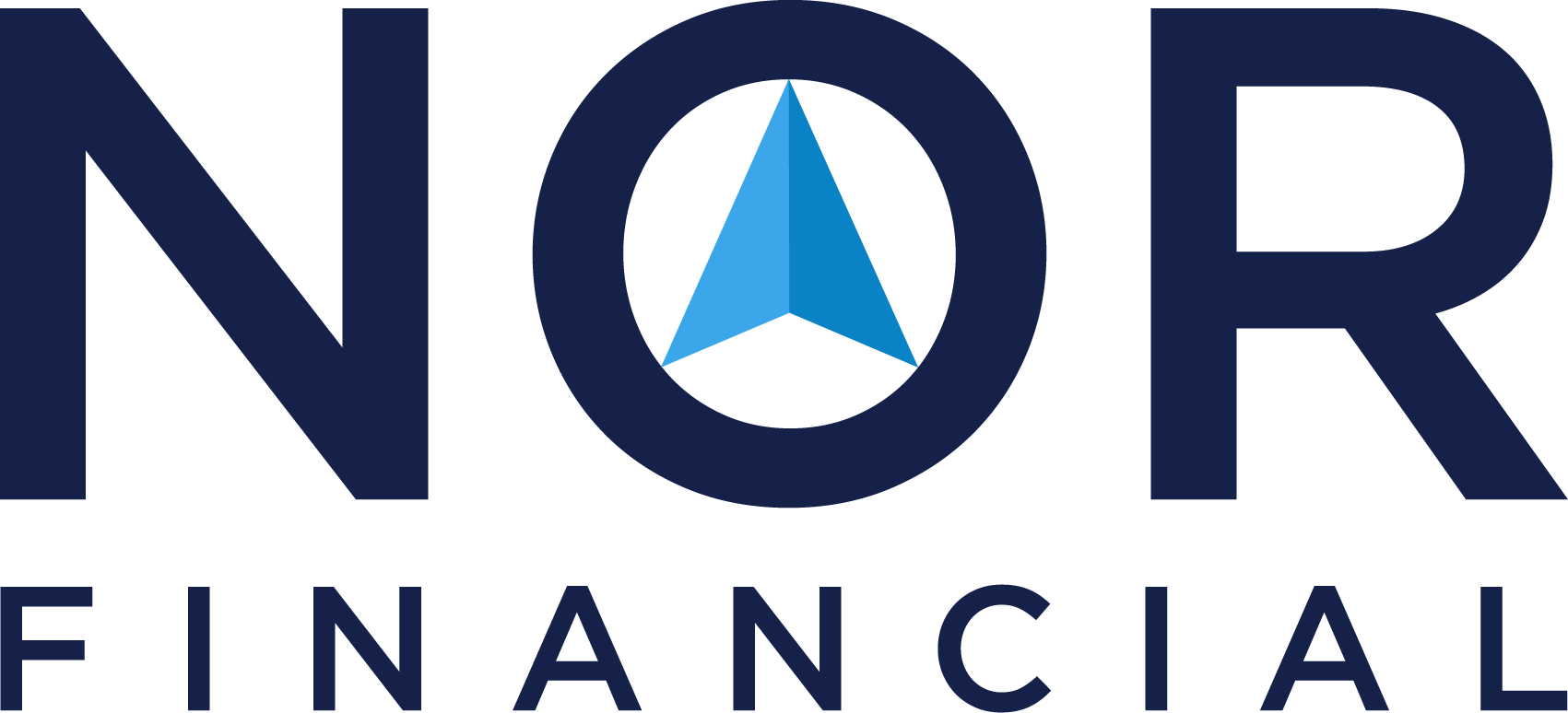Reduce your tax or weather the perfect storm? - How to make the most of Super Contributions.
This financial year is coming to an end and we are having a lot of conversations around “Should we be contributing to Superannuation this year or holding on to cash?”. This is a core question for financial planners and this year is different from many others due to reduced incomes, market conditions and this being the first year you can carry forward unused contributions from last year. All this adds up to a very unique opportunity that we have very little time to take advantage of. Yes, we are in a recession now and this is a cause of concern for many, but markets seem to have almost come back to where they were in Febuary for some bizarre reason and any good adviser will have strategies to manage market volatility.
While we can’t provide the same advice to everyone without knowing their details, we can help you break this problem down yourself so decided to share some key points. If you would like personalised advice, please contact us.
Basic Contribution types and limits
There 2 primary contributions types to Superannuation:
Concessional Contributions (Deductible - taxed at 15%) - Cap of $25,000pa
Non Concessional Contributions (not deductible - untaxed) - Cap of $100,000 pa
There are literally hundreds of fine points around superannuation and a good adviser will help you avoid running afoul of these. For the purpose of this exercise we will be looking at using Concessional Contributions to reduce tax. A concessional contribution includes both personal contributions that you pay via salary sacrifice or as a lump sum (which you claim a deduction for) and also the Superannuation Guarantee (SG) payments your employer makes on your behalf.
In simple terms, if you earned $100,000 and made a concessional contribution of $10,000 (which is taxed at 15% inside your fund) your taxable income would be $90,000 and taxed at marginal rates. Easy right? Well there are a few others things to consider.
s293 Tax
If your before tax income is over $250,000 you pay an additional tax of 15% on any contributions. So using the example above if you earned $260,000 in a year and made a contribution of $10,000 you would pay 30% tax inside your fund and then have a taxable income of $250,000. Considering this money would have otherwise been taxed at 45% there is still a 15% tax saving to be made here. Please note that if you are an employee your employer would likely have almost maxed at your cap at this income level with just your 9.5% SG rate.
However, if you made a $25,000 contribution only the first $10,000 would exceed the $250,000 cap and be taxed at 30% with the remainder at only 15%. That’s a tax saving of 30% on $15,000 or $4,500 extra in your super in real dollars. As many of our clients have seen a significant downturn this year many have fallen into the “Goldilocks zone” and are considering maximising contributions while falling just short of the additional 15% S293 tax.
The Catch up rule
Long story short, if you didn’t make use of your contribution cap last year you may be able to use it this year using the carry forward or “catch up”rule.
If you are self employed or a sole trader it’s likely that you can choose when and if you make contributions to super. This is the first year where unused contributions have rolled forward and will continue to do so for 5 years. So if you are a sole trader and made no contribution last financial year you would be able roll this unused cap forward and contribute $50,000 this year and claim a deduction for it. Fast forward to a little over 3 years from now and you could potentially contribute $125,000 and claim a full tax deduction for it. Not bad if you have recently sold a property and have a capital gain or just have money laying about unused.
You can find details of your unused caps on your myGov account but be cautious as it does take time for this to update so the 2019-20 year will unlikely be accurate. This rule also only applies to balances of less than $500,000.
The perfect time is not always during fair weather - Key points
Will you earn between $180,000 - $250,000 and fall into the “Goldilocks Zone”?
Have you maxed out your cap this year this and last year?
Do you have cash or savings that you can lock away until retirement?
So do I or don’t I?
There is an old saying that comes to the forefront during hard times like these “cash is king”. Having money in the bank or in an offset account provides you with a great deal of flexibility. While superannuation is a tax friendly environment and invested funds historically grow at far greater rates than cash or even mortgages it does have the downside of being locked away until retirement. Having accessible savings to build a business, pay off debt or even just pay your bills might not be the most efficient way to allocate your money but it does have significant advantages in flexibility and simply the peace of mind in knowing you have a financial cushion.
This article is designed to help you identify if there is an opportunity and educate you only. If you want a yes or no answer you are more than welcome to contract us for personalised advice that takes into account all of the relevant factors we have considered here plus many more and summarises this in a formal recommendation.


